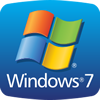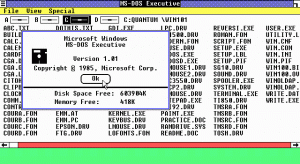![]() Vista was the first desktop operating system by Microsoft since Windows XP in 2001. It was a radically different architecture from XP and introduced major new features and changes. Released worldwide Jan. 30th, 2007, it was panned by business and consumer users for a number of reasons including poor performance and hardware incompatibility. Many continued to use XP, especially in the enterprise arena because of these issues.
Vista was the first desktop operating system by Microsoft since Windows XP in 2001. It was a radically different architecture from XP and introduced major new features and changes. Released worldwide Jan. 30th, 2007, it was panned by business and consumer users for a number of reasons including poor performance and hardware incompatibility. Many continued to use XP, especially in the enterprise arena because of these issues.
To further add to the mess, it was released in eight different versions. It is widely regarded as one of Microsoft’s worst OSes and biggest marketing flops, and was eventually followed up with Windows 7, which was considered much improved over Vista.








